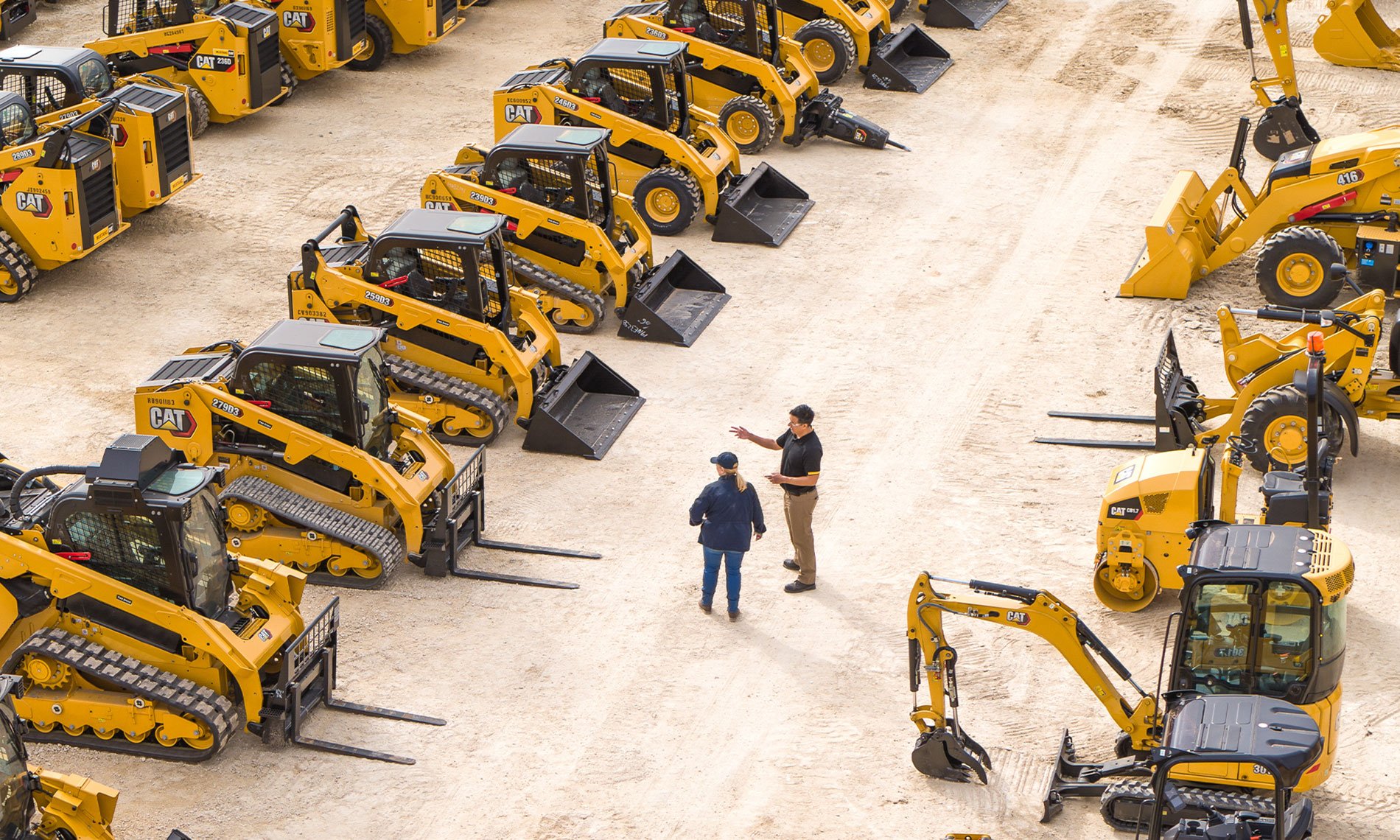Aerial Lift Rental: Versatile Lifting Solutions for High-Access Jobs
Aerial Lift Rental: Versatile Lifting Solutions for High-Access Jobs
Blog Article
Optimize Your Budget by Understanding the Prices Linked With Building Devices Services
Recognizing the full scope of costs linked with construction tools rentals is critical for optimizing your spending plan. While the initial rental fee might seem uncomplicated, many extra expenses-- such as transportation, fuel additional charges, and maintenance-- can promptly gather, influencing your economic planning. Being aware of different costs and the ins and outs of rental arrangements can assist stay clear of unforeseen economic problems. What methods can be employed to successfully manage these expenses and make certain a more efficient rental experience?
Overview of Rental Costs
When thinking about building and construction equipment rentals, comprehending the connected costs is vital for reliable budgeting and task planning. Rental prices can differ significantly based upon several factors, including equipment kind, period of service, and place. The initial rental charge commonly shows the tools's market need and its associated functional abilities, influencing the total expense.
Along with the base rental rate, supplementary expenses might arise, such as transportation charges, fuel additional charges, and upkeep charges. It is important to account for these additional expenses to precisely analyze the overall expense of renting equipment. Moreover, the rental duration can affect pricing; longer leasings might receive affordable prices, while temporary leasings may sustain greater everyday fees.

Breakdown of Rental Prices
A thorough understanding of rental prices is necessary for specialists and job managers intending to enhance their spending plans. Rental prices for building equipment commonly contain a number of elements, consisting of base prices, time-based charges, and usage fees.
Base prices are the core charges connected with the leasing of the equipment, frequently identified by the type and size of the machinery. These rates can differ significantly, influenced by variables such as tools need, availability, and regional market patterns. Time-based fees, which may be daily, weekly, or monthly, offer to fit various job timelines and rental periods.
Furthermore, rental prices might include use fees, which are applicable when tools is utilized past a specified limit, guaranteeing that the rental firm can account for damage. Seasonal demand variations can also influence rental rates, with peak building and construction seasons normally regulating greater rates.
Additionally, comprehending the rental company's plans regarding upkeep and insurance coverage can offer further understanding into the overall expense structure. By analyzing these parts, professionals can make enlightened decisions, making certain the choice of rental equipment lines up with both task demands and budget plan restrictions.
Additional Fees to Consider
Understanding the complexities of extra charges is vital for service providers to handle their total service expenditures efficiently. Beyond the basic rental rates, various supplemental fees can considerably influence the complete price of devices leasing. These charges typically include delivery and pick-up costs, which can differ based on range and logistics entailed in moving the tools to and from the work site.
Furthermore, some rental companies may impose gas additional charges if the devices is returned with less fuel than when leased. It is likewise necessary to know possible cleaning fees, specifically for specific equipment that calls for detailed upkeep after use.

Extensively examining the rental agreement and making clear these extra fees ahead of time can help service providers make sure and avoid unanticipated costs that spending plans remain undamaged throughout the project lifecycle.
Repair And Maintenance Expenses
Routine upkeep and repair costs are frequently ignored factors that can substantially affect the overall expense of building and construction devices leasings. When renting devices, it is critical to consider not only the rental charges but also the prospective prices related to maintaining the equipment in optimum operating condition.
Lots of rental firms include fundamental maintenance as part of the rental arrangement; however, much more unanticipated break downs or comprehensive repair services can lead to extra expenses. It's important to assess the rental contract thoroughly to comprehend what maintenance solutions are covered and what duties drop on the occupant.
In addition, tools that is not well-maintained can lead to inefficiencies on duty website, potentially triggering delays and enhancing task expenses. To alleviate these dangers, it is recommended to carry out regular inspections and maintain open interaction with the rental provider regarding any type of problems that develop during usage.
Insurance Coverage and Liability Costs
Insurance and liability costs are critical parts that can dramatically affect the general expense of construction equipment rentals (equipment rental company). These costs ensure that both the rental firm and the customer are secured from prospective monetary losses occurring from mishaps, damage, or burglary throughout the rental period

Furthermore, customers ought to know any type of deductibles or exclusions in the insurance coverage, as these can affect prospective out-of-pocket expenditures. Recognizing the terms of any kind of insurance policy protection is important to prevent unanticipated prices. Ultimately, budgeting for insurance and responsibility expenses can official source help ensure a smoother rental experience and shield against economic dangers connected with construction projects.
Final Thought
In final thought, a thorough understanding of the costs associated with construction equipment rentals is necessary for effective budget monitoring. Inevitably, informed decision-making pertaining to equipment leasings adds to the general success of building and construction endeavors.
Rental costs can differ dramatically based on numerous factors, consisting of equipment kind, duration of leasing, and area (boom lift rental). The rental duration can influence prices; longer rentals might certify for affordable rates, while short-term services may sustain greater day-to-day fees
By conducting thorough research study and engaging with trustworthy rental business, contractors can properly navigate the complexities of rental rates, eventually optimizing their monetary sources.
Beyond the typical rental rates, numerous extra charges can substantially impact the complete expense of tools leasing. Rental companies often supply liability insurance that covers injuries to third celebrations or damage to residential property, while equipment damage insurance can cover the cost of fixings or substitute if the leased equipment is damaged.
Report this page